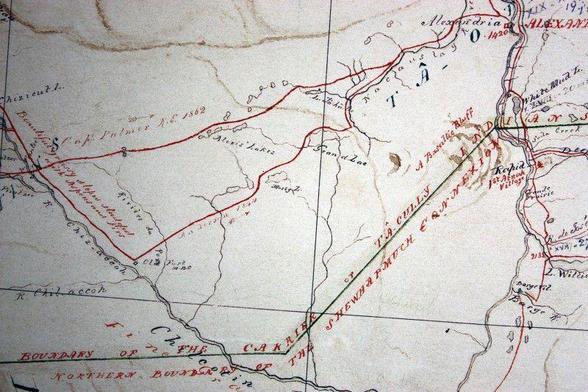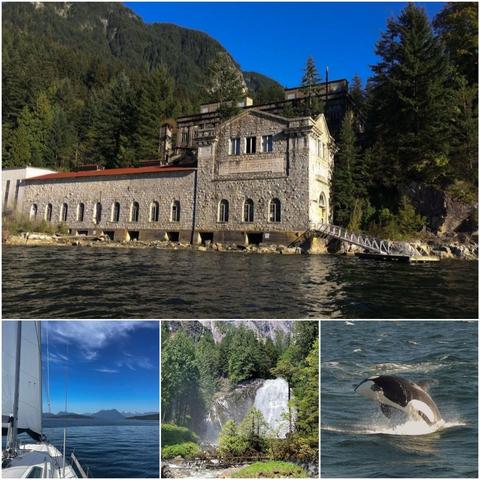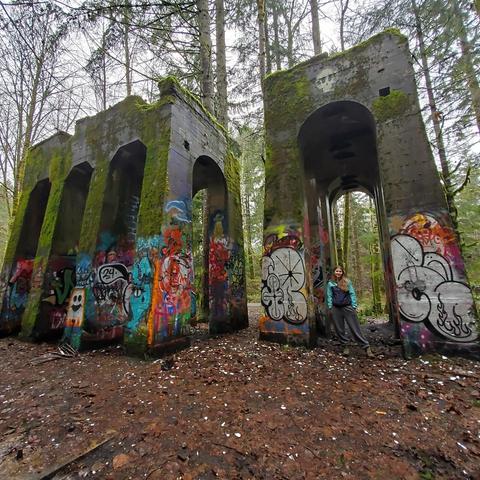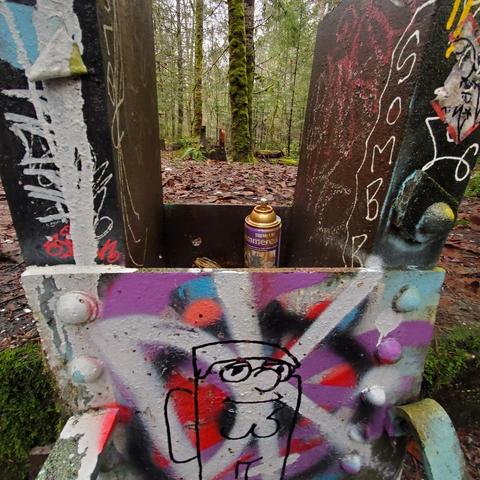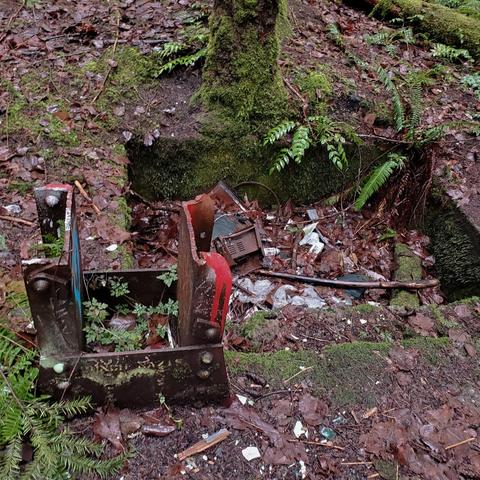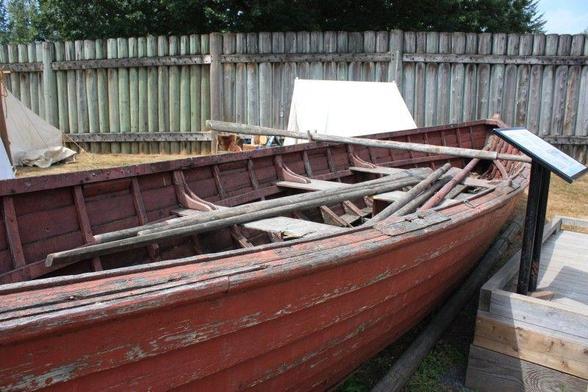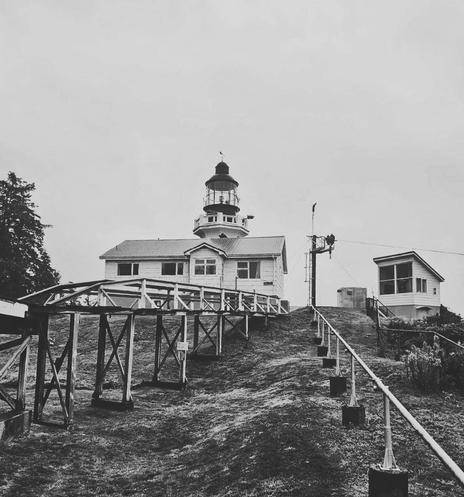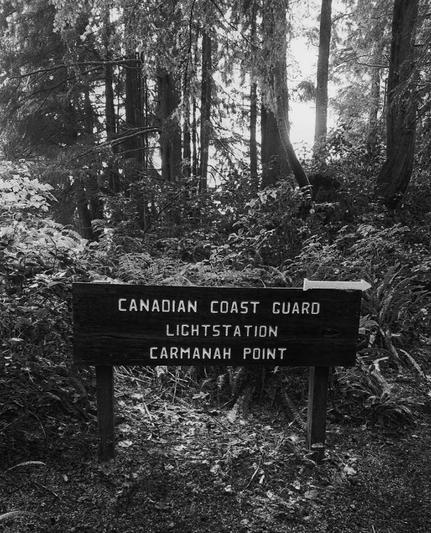THE CHILCOTIN POST WAS A SMALL POST WEST of Fort Alexandria, surrounded by First Nations people who were not as friendly as their neighbours had been to the HBC men. It had been built in 1829, and was finally closed down in 1844, as a result of a new post being constructed some miles to the north. #AmWriting #History #BCHistory #TheHBCBrigades https://nancymargueriteanderson.com/chilcotin/
#BCHistory
On April 6, 1980, the #Canadian #Farmworkers #Union came into existence. This film documents the conditions among #Chinese and #EastIndian #ImmigrantWorkers in #BritishColumbia that provoked the formation of the union, and the response of growers and #labour contractors to the threat of #unionization. Made over a period of two years, the #documentary film is eloquent testimony to the progress of the #WorkersMovement from the first stirrings of militancy to the energetic canvassing of union members.
https://www.nfb.ca/film/time-to-rise/
#CanadianImmigrants #BCHistory #CanadianHistory #UnionStrong #Solidarity #Racism #EmployerExploitation #WorkersRights
Julia Kwan’s feature-length #documentary Everything Will Be captures a significant moment of time in #VancouverBC #Chinatown, with the influx of condos and new, non-Chinese businesses. The film follows a year in the life of several #Chinatown denizens, including a 90-year-old #Chinese newspaper street vendor and a second-generation tea shop owner, as they navigate this #community in flux.
https://www.nfb.ca/film/everything_will_be/
#AsianMastodon #ChineseInBC #CanadianHistory #ChineseCanadian #ChineseDiaspora #ChineseCommunity #ChineseCanadianHistory #History #Canada #Immigrants #CulturalHistory #CulturalDiversity #BritishColumbia #BCHistory #Racism #gentrification #YVR
This #documentary tells the story of a #Chinese #cemetery in #VictoriaBC that became a #NationalHeritage site. For Chinese #pioneers who died in Canada, Victoria's Chinese Cemetery at #HarlingPoint was a temporary resting place until their bones could be returned home. (Traditional Chinese belief says that the soul of a person who dies in a foreign place wanders lost until their bones are returned home.) This film traces the rich history of the #VancouverIsland cemetery from controversy and neglect to its revival as a #historic site. Told by those closest to it, the story of Harling Point is a metaphor for #Canada , a country still working on making a home for all who live within its borders.
https://www.nfb.ca/film/from_harling_point/
#AsianMastodon #ChineseInBC #CanadianHistory #ChineseCanadian #ChineseDiaspora #ChinesePioneers #ChineseCanadianHistory #History #Canada #Immigrants #CulturalHistory #CulturalDiversity #BritishColumbia #BCHistory #Racism #Resilience
More visual memories from recent multi-day sailing adventures around the #SalishSea 😊
#SailAway #CoastalBC #Adventures #PacificNorthwest #Cascadia #PNW #BritishColumbia #PacificOcean #sailboat #wildlife #AbandonedPlaces #landscape #seascape #Summer #marine #nautical #LifeIsForLiving #MakingMemories #hydroelectric #BChistory #BCHydro
Called “a must-read for anyone who loves the history of this province” by author Katherine Palmer Gordon, Mining Camp Tales of the Silvery Slocan reveals the long-forgotten history of BC’s “silver-rush”.
Available now at https://shorturl.at/BQRfP
BC Joins Confederation
On July 20th in 1871, British Columbia became the sixth province to join Canadian Confederation. The promise of a railway connecting BC to eastern Canada was a key factor in the province's decision to join. #BCHistory #CanadianHistory 🇨🇦 #Canada
https://www.thecanadianencyclopedia.ca/en/article/british-columbia
BC Joins Confederation
On July 20th in 1871, British Columbia became the sixth province to join Canadian Confederation. The promise of a railway connecting BC to eastern Canada was a key factor in the province's decision to join. #BCHistory #CanadianHistory 🇨🇦 #Canada
https://www.thecanadianencyclopedia.ca/en/article/british-columbia
BC Joins Confederation
On July 20th in 1871, British Columbia became the sixth province to join Canadian Confederation. The promise of a railway connecting BC to eastern Canada was a key factor in the province's decision to join. #BCHistory #CanadianHistory 🇨🇦 #Canada
https://www.thecanadianencyclopedia.ca/en/article/british-columbia
A descendant of Cornelius O’Keefe affirms Ken Mather’s new book, The O’Keefes of O’Kanagan, is “the only family authorized story of the O’Keefes”. High praise indeed!
The book is available April 15. #BCHistory
https://heritagehouse.ca/products/the-okeefes-of-okanagan
"Chinese and Indigenous communities have shared histories. We faced hardships together while mining for gold in the British Columbia gold rush and experiencing the rugged Canadian weather and terrain.
There are many graves on First Nations territories when Chinese people died from the flu and from the building of the railway, crushed by landslides, collapsing tunnels and premature blastings (Mittelstedt, 2014). The First Nations communities took in the Chinese railroad workers and care for their grave sites to this day (Mittelstedt, 2014). We enjoyed economic success and partnerships that were respectful and mutually beneficial (Ma, 2012). Chinese people leased lands (on First Nations) to farm and then hired Indigenous people to help farm the land (Mathur et al., 2011, p. 74). The Chinese built elaborate gold-mining operations among First Nations communities and perhaps most importantly our communities intermingled and there were many marriages between Chinese men and Indigenous women. In 1891, 98% of Chinese people in Canada lived in British Columbia (Barman, 2013, p. 1), which explains why there are such intimate ties between Chinese people and our First Nations communities in British Columbia. Unsurprisingly, one in six Chinese men created a family with a local Indigenous woman (Barman, 2013, p. 1)."
https://fccrwc.com/chinese-and-indigenous-history-relationships-canada/
#BCHistory #CanadianHistory #ChineseCanadians #Intercultural #POC #Chinese #Indigenous #Coexistence #MutualSupport #RaceRelations #DecolonizationReading #Educational #FirstNations #ChineseCanadianHistory #MixedMarriages #HistoryOfCanada #AntiRacismEducation #AsianMastodon #LearnHistory
A reminder of long ago logging days on Bear Mountain, Mission, BC: a cable used for hauling logs pokes out of the humus. Cranks Trail. #missionbc #history #bchistory #hiking
I just got a ticket to this Feb 12 event that I am looking forward to attending.
https://qbmuseum.ca/news/qbm-lecture-series-presents-john-m-macfarlane/
#qualicum #vancouverisland #bchistory #parksville #MaritimeHistory
Random confession.
Every month, for 15 years straight, I used to go to #RossBayCemetary & leave a piece of cat poop at Robert Dunsmuir's gravesite. As a symbolic gesture of my thoughts of him being a colonial capitalist POS who abused/exploited Indigenous, Chinese, Japanese, Sikhs, Blacks & other immigrants for capital gains. He became a big billionaire on the backs of many dead POC peoples, who were used as slave labour. BIPOC workers were paid far less than their white coworkers - even when they worked the exact same jobs. Dunsmuir was an abusive, racist POS. I don't like it when anyone tries to praise him.
#Decolonization #VancouverIsland #BChistory #ColonialResistance #VanIsle #CoalBaron #Ecocider #Dunsmuir #VictoriaBC
The only #ruins left at #abandoned No.8 coal mine in #Cumberland. There used to be a huge building here but it was demolished in the 90s. Before it was torn down, it was a popular party place for local #ComoxValley teenagers. All the old mine shafts have been blocked off for public safety. There is still a large abandoned building that was part of this former large coal mine site but it's really deep into the forest & you need to bushwhack your way there. We had very limited time on this past road trip so I stuck to showing my friends the 2 easiest accesses to cool #AbandonedPlaces.
Eight mines used to operate at Comox, named No. 1 Mine through to No. 8 Mine. The workings consisted of boreholes, air shafts, mine entries, & underground network of tunnels. A rail network was also developed to link the ore piles with the town & Union Bay. Old rail bed remain in place today as public trails. A series of survey monuments also remains on the surface today. These have been tracked down, beginning with a concrete monument located slightly below ground in the vicinity of Cumberland Park & recorded to match the maps of the underground workings with the surface-level features today.
The mines at #Comox were technically advanced for their time, with partial mechanization & electrification well before 1900. The first documented use of electricity underground was in the No. 4 Mine in 1891, when four electrically-driven coal-cutters were installed.
Canadian Collieries (owned by #Dunsmuir family) Ltd. operated coal mines on Vancouver Island, including the Wellington Mines near Nanaimo & Comox Mines at Cumberland. Comox Mines had earlier been operated by Union #Colliery Company, the first of the mines being opened in 1888. The last of the Comox Mines, the No.8 Mine, was closed in 1953.
#BCMiningHistory #AbandonedMines #VancouverIsland #VanIsle #PacificNorthwest #PNW #BChistory #VancouverIslandHistory #photography #graffiti #InTheForest #No8Mine #CoalMiningHistory
I first went to this old timber mill ruins in #Merville in the early 90s - years before it was included as part of the present #HeadquartersTownsite Park. It's one of the easiest accessible #AbandonedPlaces you can visit in the #ComoxValley on #VancouverIsland. I've done many past photoshoots with models here & assisted in shooting some music videos & short films here many years ago.
Some folks built skateboard ramps & rail jumps inside the unroofed building ruins in the late 90s.
The mill was built between 1912-1913 for the Canadian Western Logging Company. There was an entire small mill town at this location with post office, schools, medical clinic & more. The Headquarters townsite survived until the late 1950’s when the school & houses were sold for $1 each with the proviso that they be moved off company property. #Ruins of the mill can be seen at Headquarters Townsite Park. The park is stewarded by local community citizens.
The old concrete building at the entrance to Headquarters Townsite Park from Farnham Road was built as a rough timber mill in 1912-1913. Despite being fully equipped, the mill was never used for reasons that remain unclear. Some say the mill was only built so that the company could gain certain concessions from the BC government. The recession of 1913 may have led the company to abandon it. Parts from the mill were later used to build a new mill in Courtenay.
#BCTimberHistory #BCLoggingHistory #BCHistory #VancouverIslandHistory #VanIsle #PacificNorthwest #Cascadia #PNW #graffiti #Urbex #ExploreVanIsle #photography #AdventuresInTrespassing #NatureReclaiming
THE HBC BRIGADES: CULTURE, CONFLICT, & PERILOUS JOURNEYS OF THE FUR TRADE
#AmWriting #History
Alexis Bellanger, a historic HBC man on the Fraser River, who died because a First Nations man shot him as he brought his boat upriver. #BCHistory https://nancymargueriteanderson.com/alexis-bellanger/
Learn more about #ChiefMaquinna.
This is a collection of words, photos and video clips for Hyas Tyee #Nuuchahnulth - Chief Maquinna. A greatly respected & important Chief of the Nuuchahnulth #Haida People, of the Haida Gwaii Islands, in #BritishColumbia #Canada.
Chief Maquinna (also transliterated: Muquinna, Macuina, Maquilla) was the Chief of the Nuuchahnulth People of #NootkaSound, during the heyday of the maritime fur trade in the 1780s and 1790s, on the #PacificNorthwest Coast.
British explorer #CaptainCook went looking (like so many #Europeans before and after him)or the Northwest Passage. He ran headlong into a thriving trade and business culture on the west coast, overseen by young Nuu-chah-nulth, Chief Maquinna.
The two men's encounter would forever change trans-Pacific trade and teach the European empire a lesson in diplomacy, they've managed to forget, many times over.
https://m.youtube.com/watch?v=Bkf8fIcyhyc
#BCFirstNations #ColonialBC #ColonialCanada #NativeChiefs #IndigenousChief #NativeBC #FirstPeoples #Maquinna #VancouverIsland #Nootka #VanIsle #PNW #Cascadia #ColonialResistance #BChistory #geopolitics #BCIndigenousHistory #CanadianHistory #PNWHistory #FirstNations #colonialism #BrokenTrust #TruthBeforeReconciliation #Landback #educational #HonourTheTreaties #BCpoli #CDNpoli #HistoryAndPolitics #JusticeForIndigenous
I'll post some belated stuff today; my last full day off before returning to work tomorrow.
One of my search & rescue friends took me away for an off grid day hiking adventure yesterday & we got home last night.
#Carmanah Point #LightStation was established in 1891. The first #lighthouse there was built of wood & attached to the keeper's housing. The present tower was built in 1920 of concrete & remains in operation. The area is said to be named for the upstream #Nitinaht village. It is said the name means "thus far upstream".
In Summer 2024, #Canadian Fisheries & Oceans along with the #CoastGuard announced that the light station was seismically unstable & would be destaffed before the end of the year. On Oct. 25, lightkeepers were removed from the station. The decision to destaff the station has been met with heavy criticism from various local authorities, including local governments, indigenous leadership & industry leaders.
#VancouverIsland #VanIsle #Mariners #Nautical #EmergencyLight #BoatersSafety #MarineSafety #JuanDeFucaTrail #Westcoast #PacificNorthwest #CowichanValley #Cascadia #monochrome #photography #PNW #BChistory #WildernessSafety
Contrary to common belief the #CPR did not import #ChineseLabor to build the Railway. The Chinese were imported by contractor Andrew Onderdonk, building through #BritishColumbia under contract to the #CanadianGovernment. The C.P.R. took over the line later.
Chinese Detention Shed in #Vancouver, 1890.
From #VancouverArchives.
#AsianMastodon #ChineseCanadianHistory #BCHistory #CanadianHistory #AsianCanadianHistory
